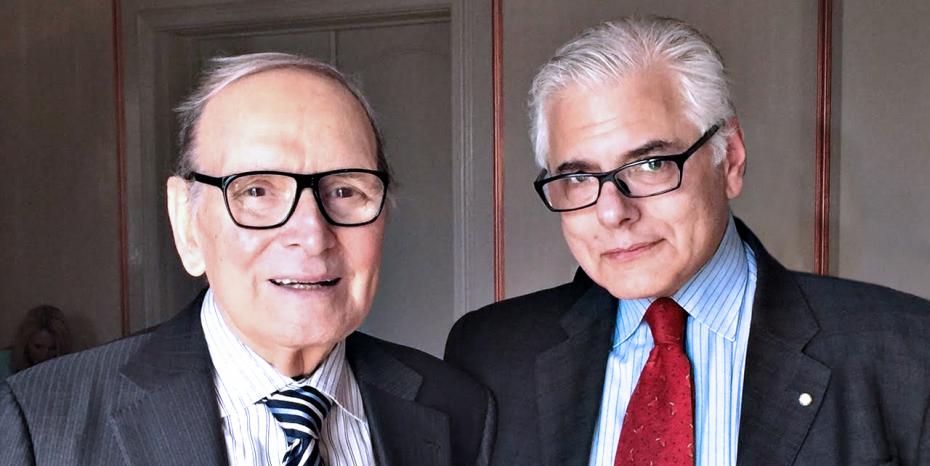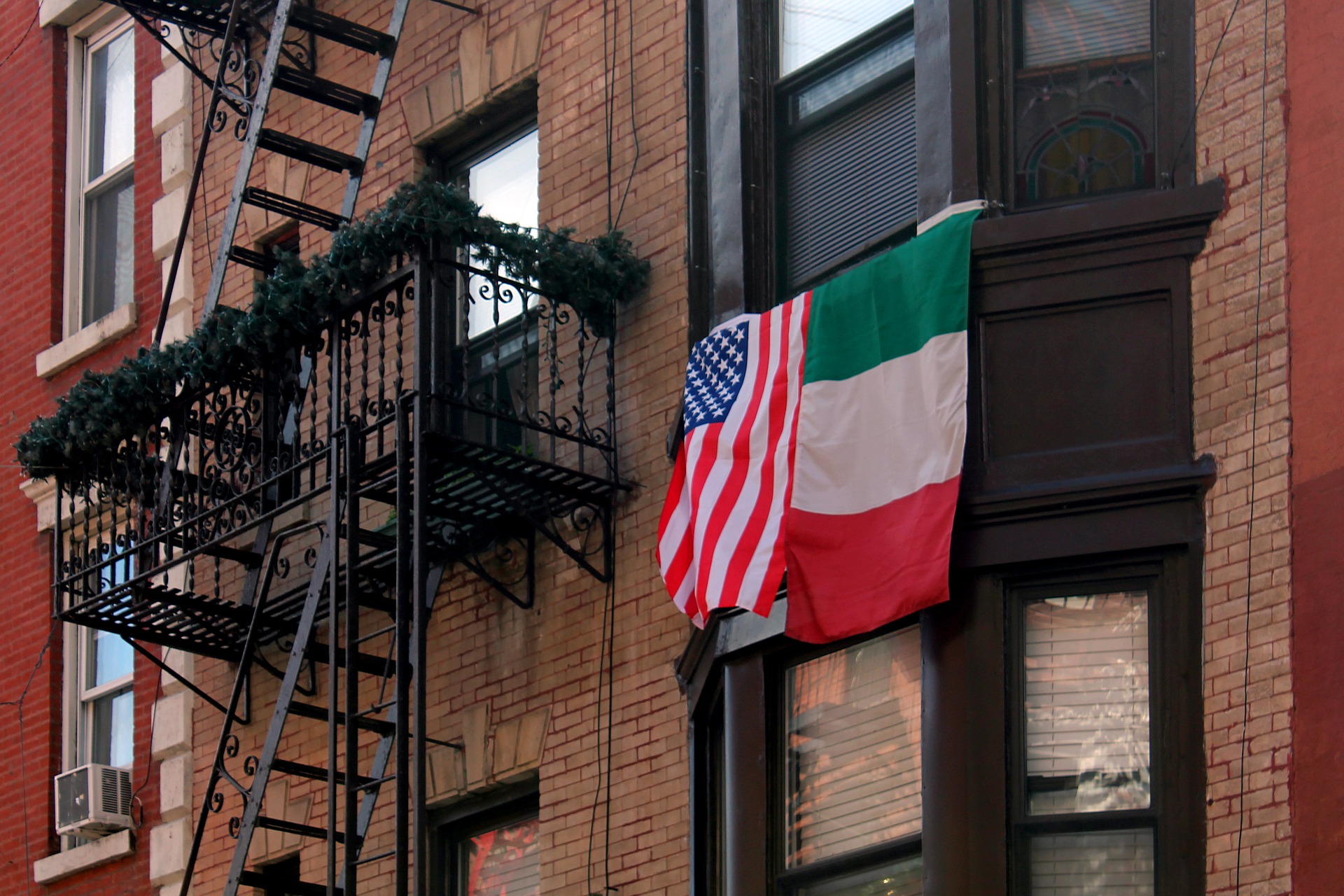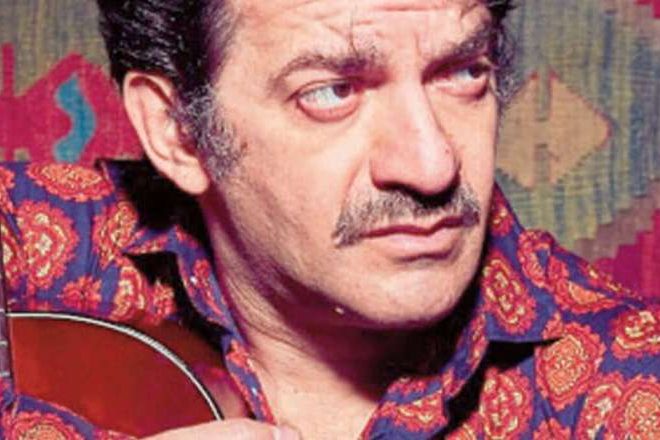Often, even among the most indefatigable travelers, everyone is happy to go back to the place they call home. Do you disagree with me? Please watch again E.T. the Extra-Terrestrial!
At the same time, there are also people, who feel like the boundaries of their own country are too small. Their bottomless curiosity pushes them to travel from a destination to the next.
Consul General of Italy, Antonio Verde (Naples, August 23, 1961), who has held diplomatic offices in every corner of the globe, certainly belongs to this category.
There is no doubt, however, that his heart is equally divided between our peninsula and the West of the States, where lots of us have found their second home.
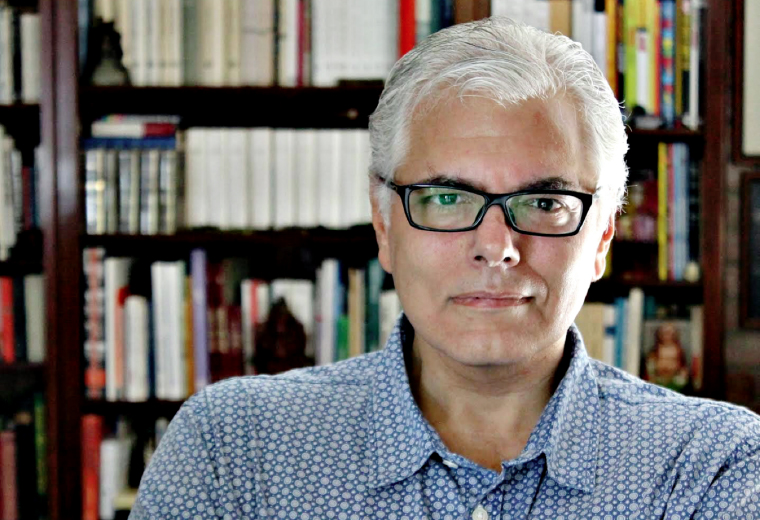
What is your cultural background? Was there a specific moment, in which you developed a passion for politics?
I followed my passion for traveling and eagerness for broadening my international perspective. Therefore, I pursued my studies in Political Science at the University of Naples “L’Orientale”, directing my attention towards International Affairs and, eventually, majoring in Japanese and Legal/Social Institutions of the Far East.
In 1990, I joined the Ministry of Foreign Affairs starting my diplomatic career and, because of my knowledge of the Far East, my first post abroad was in Tokyo, Japan.
Have you ever experienced stage fright, before your public speeches?
Of course, I did! Particularly, my first public speeches gave me some anxiety, but then I learned to overcome this very natural fear, through constant practice, day after day. If you have competence and believe in what you say, everything comes easier.
Having taken acting classes in my high school and university days helped too!
At the end of the day, no matter what, every time you speak in public, you always experience some tension. However, I consider it a positive feeling, whom you learn to control and use as an incentive to give your best.
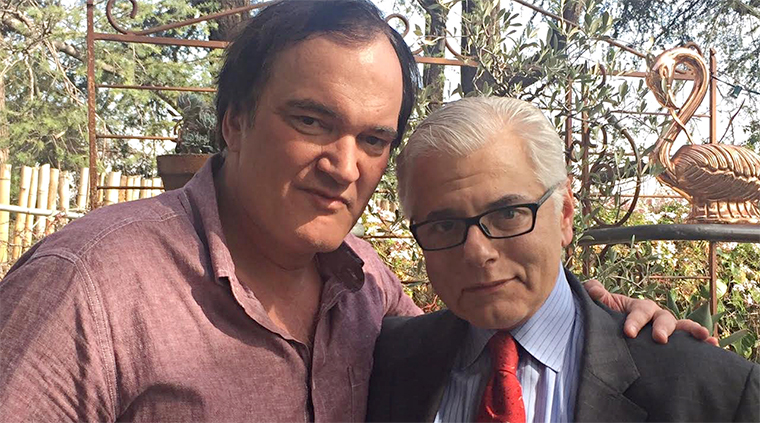
After a brief banking experience in Naples, working for what was then called: Istituto Bancario San Paolo di Torino, you became CEO for the publishing house: Prefin Editoriale, again in your hometown. How were those experiences in terms of building up your skill set?
I was for some time in the banking sector, where I had a precious first taste of a structured work setting.
The editorial experience was very useful, because of the expertise I gained in terms of writing and reporting. I gradually refined the craft of extrapolating the essential elements from a specific reality and communicating those concisely. To date, I still apply those skills on a regular basis.
Moreover, since desktop publishing technologies were emerging in those same years, my position in the publishing house offered me the opportunity to become an IT expert.
Later on, I employed the same skills at the Italian Ministry of Foreign Affairs, making my part in launching the first Embassy internet site and, thus, informing our global web presence, which remains, to date, the one with the most innovative IT architecture.
From 2002 to 2006, you served as Consul General of Italy, in Sydney. What distinguishes the Italian-Australian community from the local Italian-American community in L.A.?
The history of the two migrations is very different. Despite the dates of the migratory surges may look similar, the numbers are totally different.
Between 1880 and 1920, Italians, who resettled in the United States, were at their peak. These days, first, second, third (and so on) generations of Italian-Americans coexist with one another.
The Italian-Australian community, instead, is largely composed of immigrants, arrived between the 1940’s and the mid 70’s. Therefore, in most cases, they have experienced Italy firsthand.
Having been here for more than a year, I am now familiar not exclusively with Italians and Italian-Americans living in L.A., but also with those who settled in the rest of Southern California, as well as in Nevada, Arizona and New Mexico, since they are all under my jurisdiction.
Due to the vastness of these territories, the Italian-American community is necessarily more spread out and it lacks a real physical pole of aggregation, since the historic area in Downtown L.A. – despite Saint Peter’s Italian Church and Casa Italiana are still standing – has changed greatly.
However, Italians and Italian-Americans here have other chances to feel like a community again, thanks to COMITES (Committees of Italians Abroad), the Federated Italo-Americans of Southern California, the Italian Cultural Institute of Los Angeles for the cultural offer and, of course, the Consulate General and the services we provide.
There is also a new generation of expatriates, active in many fields, entertainment, research, business, etc. It coexists alongside the previous generations and they all benefit from something new, the virtual connection!
Especially, through social media, they experience a sense of inclusion that may prove often even more thriving than any “material” gathering. A connection that is very vibrant and fascinating for its extreme variety.
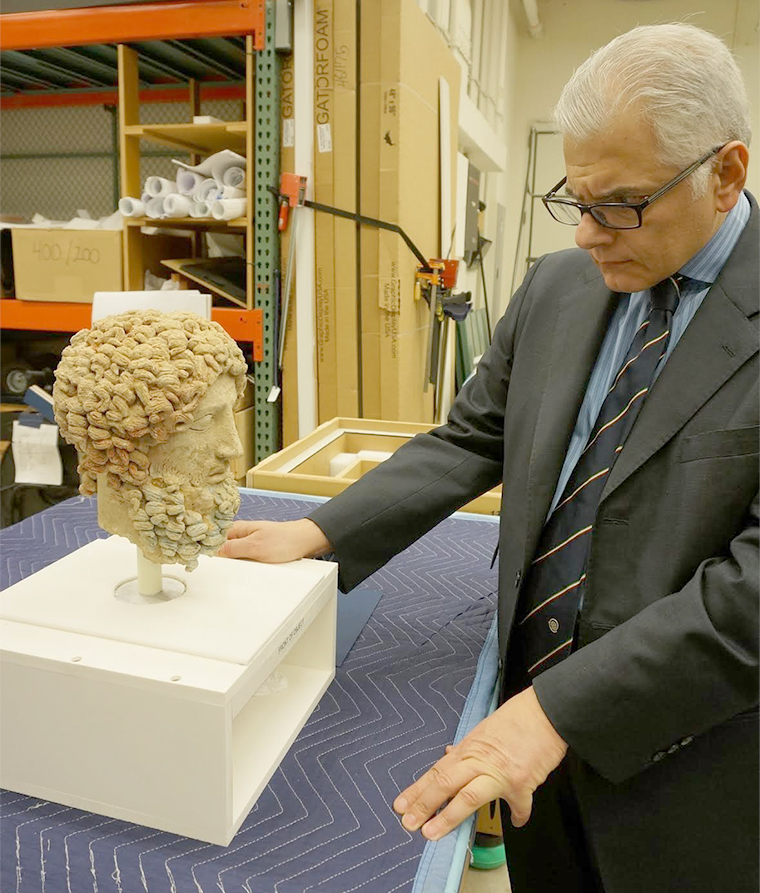
On October 22, 2014, you began your office as Consul General of Italy. What were your biggest challenges and your major accomplishments, so far?
Since my mandate lasts around four years, I don’t think is appropriate to talk about goals accomplished yet, but, according to the feedback I receive, it seems people are quite satisfied with the work we do at the Consulate General. Through a committed team effort, we work daily on making all the procedures more and more efficient.
The Consulate General plays also an essential role of coordination among all the institutions, officially associated with Italy, the so-called “Sistema Italia” (Team Italy), composed by the above mentioned IIC-Italian Cultural Institute, which is part of the Ministry of Foreign Affairs; ICE-Italian Trade Promotion Agency; ENIT-Italian Government Tourist Board, as well as the Italy-America Chamber of Commerce West.
And what are your plans for 2016?
First of all, to be even closer to the different areas of my Consular district. I have an intense program of visits, assisted by the other partners of Team Italy, and I am confident that, to experience first-hand the various realities of this part of America, is going to help me in a better execution of my job.
Moreover, as far as LA is concerned, given the importance of the entertainment sectors, we have an active role in the organization of many Italian film festivals. In particular, the Taormina Film Fest – LA; the just ended Los Angeles, Italia – Film, Fashion and Art Fest; the Milan International Film Festival (MIFF) and, in mid-November, Cinema Italian Style (during which the Italian movie candidate for the Oscars is officially presented). These events play an essential role of attracting talent and funds from Italy, but also towards our country.
By the end of 2016, we also plan to hold a meeting with the scientific pool of Italian researchers, active in the area. We are also trying to help strengthening the relations between the two sister cities of Los Angeles and Ischia, the volcanic island in the gulf of Naples, as well as establishing a twinning between the port of L.A. and the one in Palermo.
In conclusion, what’s your opinion about L’Italo-Americano, as aggregating element for the local Italian-American community?
Considering the crisis experienced by the traditional press, I think that L’Italo-Americano, which is undergoing a process of great renovation, is on the right path. By embracing so enthusiastically the latest digital means of communication and social media, it creates an ideal aggregating space for everybody.
I’m an avid reader of the newspaper, in both the paper and digital versions, and a follower of its social media channels, and I’m also happy of our collaboration with L’Italo-Americano to give voice to the major topics relevant to the community.
We are also working with the newspaper to create something new for our community on the occasion of the Italian National Day and Republic Day, on June 2.
That said, having greatly appreciated how L’Italo-Americano was able to renew itself so deeply and to face boldly the contemporary challenges, I warmly wish longevity to this historical paper and look forward to its future successes!
